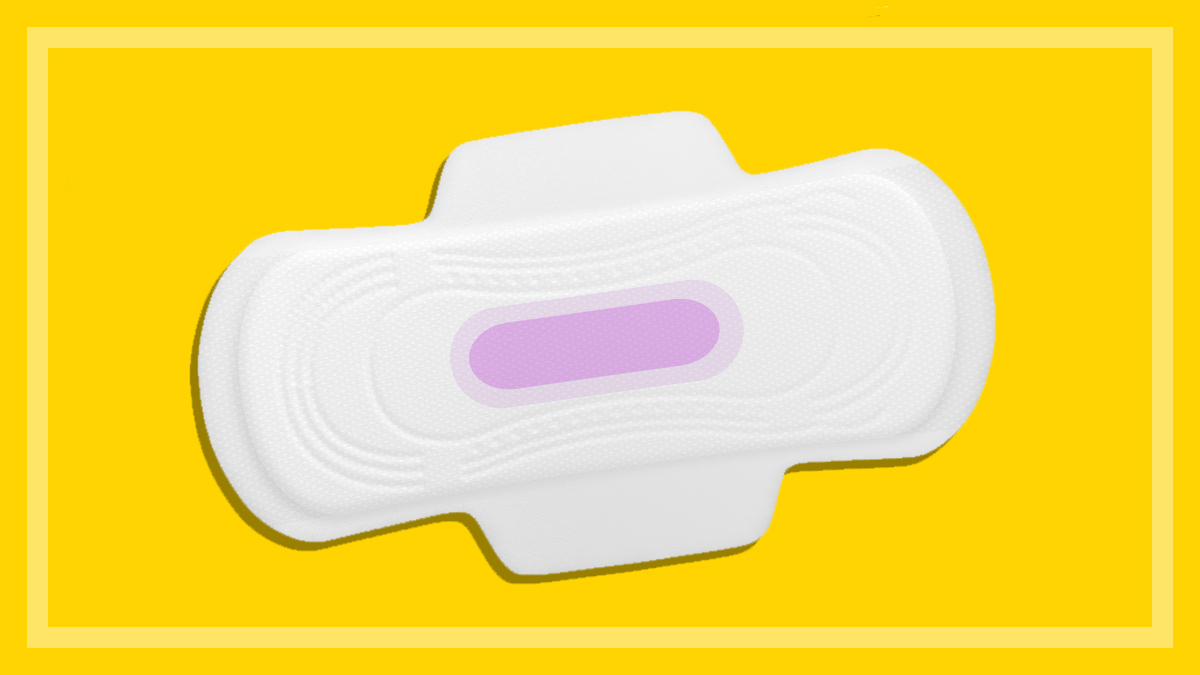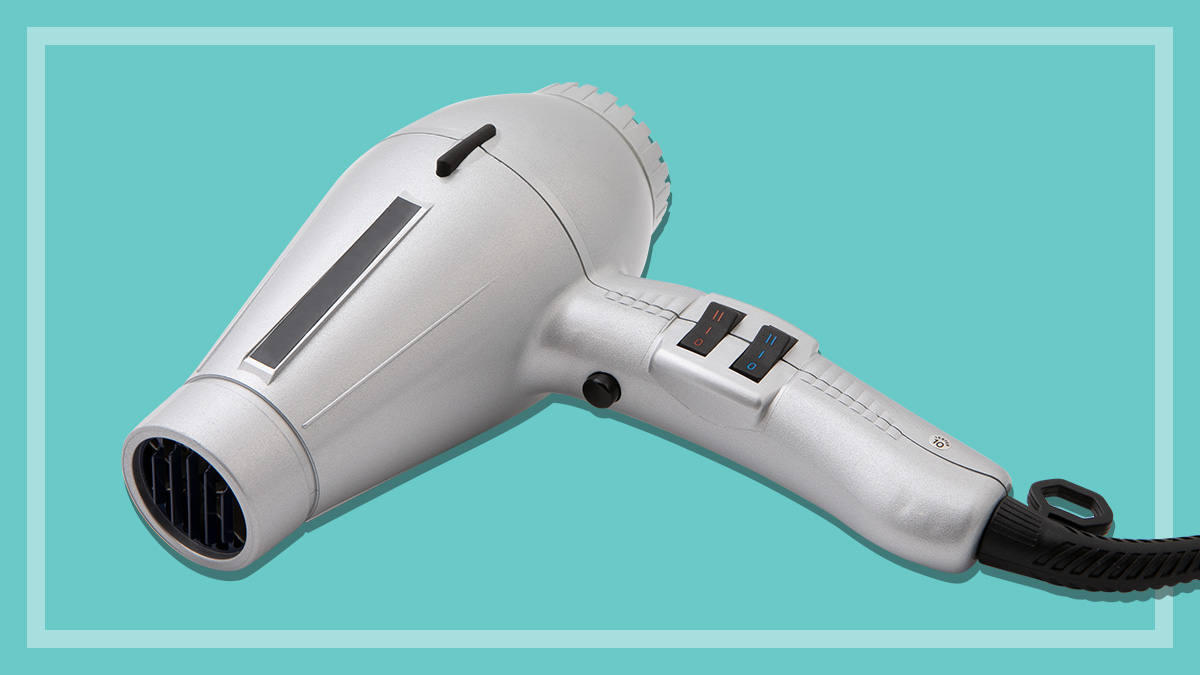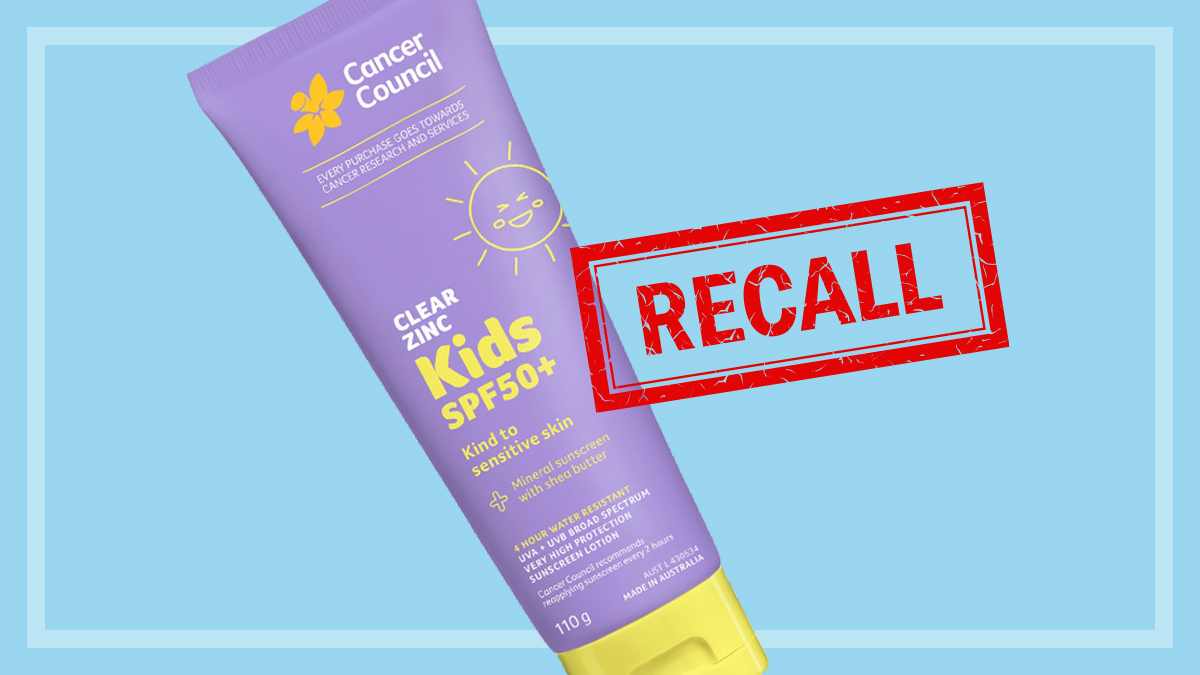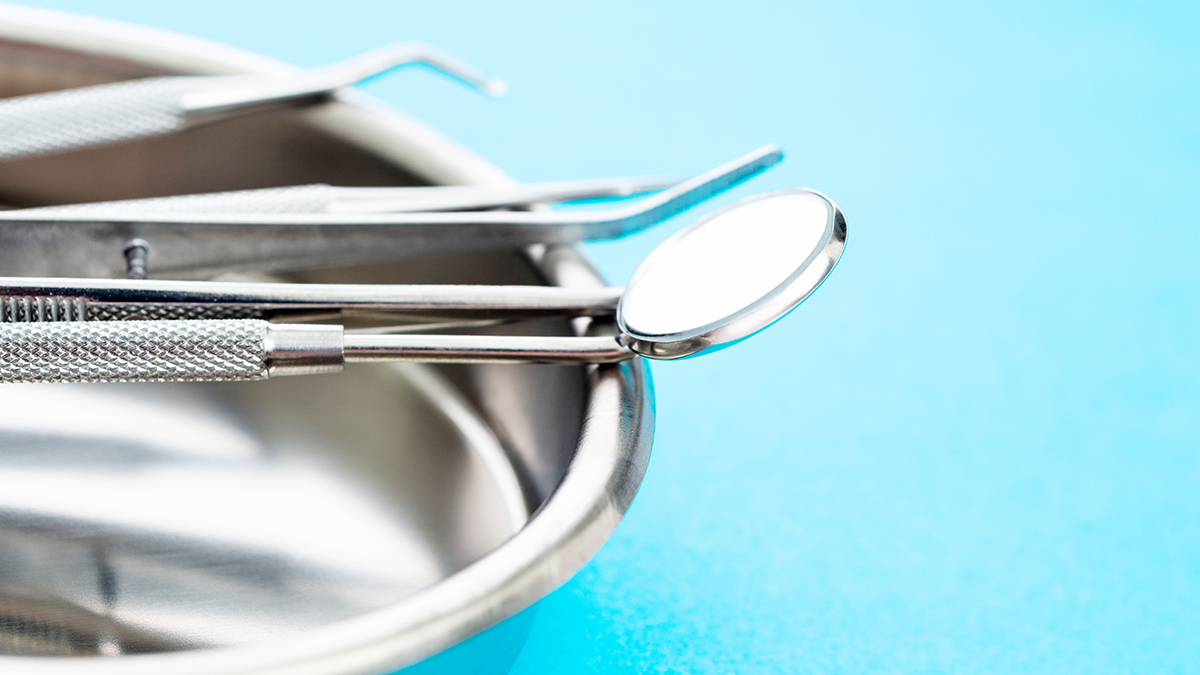Get our independent lab tests, expert reviews and honest advice.
How to buy the best menstrual cup for you
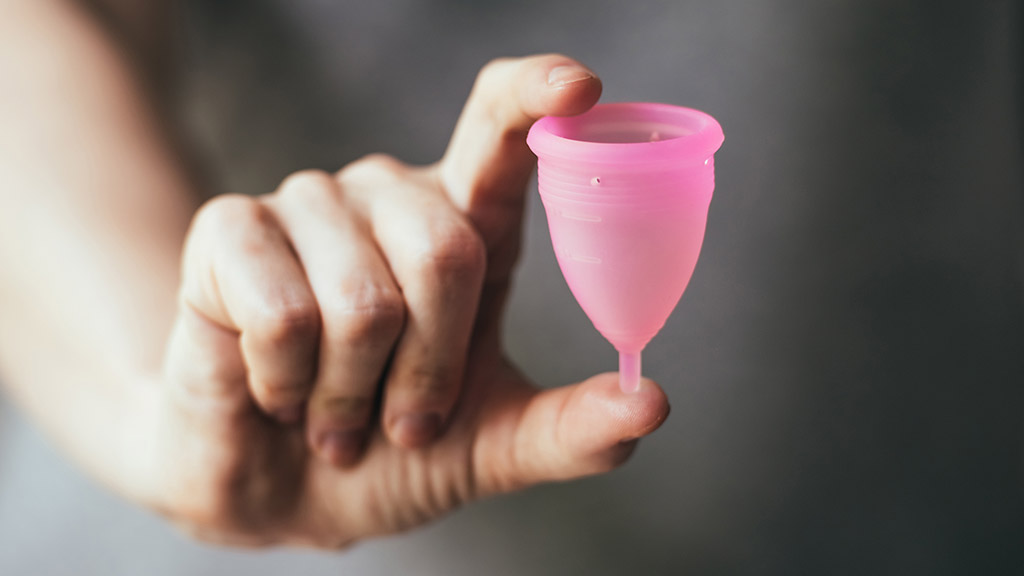
A recent Roy Morgan survey found almost 5.4 million Australians buy tampons, pads or panty liners in an average month. But there’s an alternative that’s starting to grow in popularity that could save money and help the environment too.
On this page:
- How to choose the right menstrual cup for you
- Menstrual cups available in Australia
- The pros and cons of menstrual cups
- CHOICE user trial
- Better for the environment
- Raw materials
Menstruation, menstrual or ‘moon’ cups are reusable, bell-shaped devices made of silicon or rubber which are worn internally. They sit low in the vaginal canal and collect, rather than absorb, the menstrual flow. Once it is unfolded in place, it forms a seal that prevents blood from leaking out. When full, it is simply removed, emptied, washed and reinserted.
And while they’ve actually been around since the 1930s – just like tampons – they aren’t widely known or advertised in Australia.
But this is starting to change, as more women discover the advantages of using a menstrual cup for economic, environmental and convenience reasons.
How to choose the right menstrual cup for you
Every body is unique and therefore a general recommendation for one menstrual cup is impossible. It might take one or two tries to find the right cup as there are some differences between different brands.
Here are some points to consider if you decide to buy one:
Material
Silicone (medical or non-medical grade), TPE (rubber and plastic) or latex. Other additives are used to adjust the colour.
Firmness
The cups can be firm, medium or soft. Larger cups are usually a bit more firm than the small ones. The firmer they are, the easier they pop open, but it may be harder to insert them. Also, if you have a very sensitive bladder, you may want a softer cup.
Capacity
They can hold up to 20–30ml. You should choose the capacity according to the heaviness of your period.
Size
The overall length and diameter of both the cup and stem. There are also usually two sizes: one for women who are under 30 and have not given birth vaginally, and one for women who are 30 and over or who have given birth vaginally, regardless of age. The length depends on how high or low your cervix sits during your period. Ask your GP for help and look at our table for measurements.
Cup shape
Some are long and narrow, while others are more rounded. The rims can also vary in thickness and shape. Which one is more comfortable depends on your personal preference.
Stem design
The stem can be rounded, flat, triangular, hollow, solid, and with or without grips. Most can be cut shorter to adjust to your needs.
Air holes
Number and placement of air holes vary, depending on the brand. They are helpful in the insertion and removal of the cup, but have no other function. The LilyCup, for example, doesn’t need air holes due to its design.
Quality and safety
Since 2018, menstrual cups are no longer required to be registered with the TGA before selling in Australia.
Menstrual cups available in Australia
Another tricky part of buying a menstrual cup is finding out where to get one. The Keeper, DivaCup, Juju and Lunette are available from Australian retailers (a list of retailers can be found on the brands’ websites).
The following product information is based on the manufacturers’ websites, and menstrualcupreviews.net and menstrualcupsaustraliaonline.com.au.
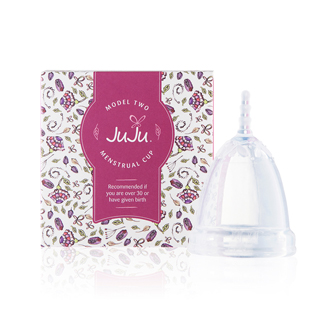
Juju
Material: Medical-grade silicon
Colours: Clear, pink, blue
Country of origin: Australia
Juju 1 – Small
Capacity (to the rim): 20mL
Total length: 65mm
Rim diameter: 40mm
Stem: Long thin, 19mm
Buy nowJuju 2 – Medium/Big
Capacity (to the rim): 30mL
Total length: 69mm
Rim diameter: 46mm
Stem: Long thin, 19mm
Buy now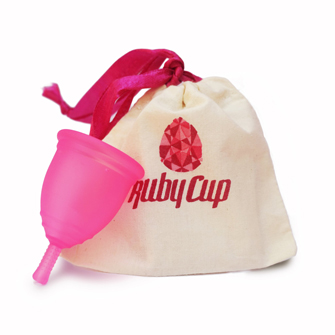
Ruby Cup
Material: Medical-grade silicon
Colours: Clear, Blue, Pink, Purple
Country of origin: Denmark
Ruby Cup S – Small
Capacity (to the rim): 24mL
Total length: 65mm
Rim diameter: 40mm
Stem: Hollow tube, 19mm
Buy nowRuby Cup M – Medium/Big
Capacity (to the rim): 34mL
Total length: 68mm
Rim diameter: 45mm
Stem: Hollow tube, 17mm
Buy now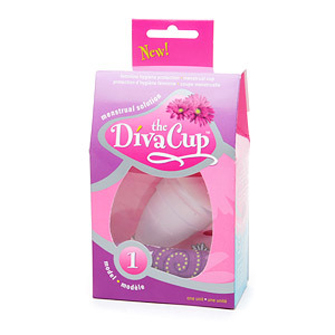
Diva Cup
Material: Medical-grade silicon
Colours: Clear
Country of origin: Canada
The Diva Cup 1 – Small
Capacity (to the rim): 30mL
Total length: 70mm
Rim diameter: 43mm
Stem: Hollow tube, 13mm
Buy nowThe Diva Cup 2 – Medium/Big
Capacity (to the rim): 30mL
Total length: 70mm
Rim diameter: 46mm
Stem: Hollow tube, 13mm
Buy now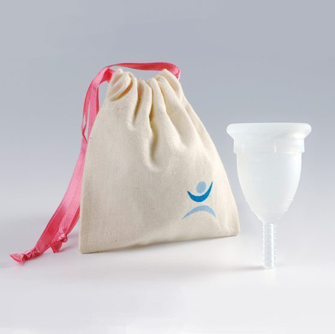
MoonCup
Material: Medical-grade silicon
Colours: Clear
Country of origin: UK
MoonCup B – Small
Capacity (to the rim): 28.8mL
Total length: 71mm
Rim diameter: 43mm
Stem: Hollow tube, 21mm
Buy nowMoonCup UK A – Medium/Big
Capacity (to the rim): 29.3mL
Total length: 71mm
Rim diameter: 46mm
Stem: Hollow tube, 21mm
Buy now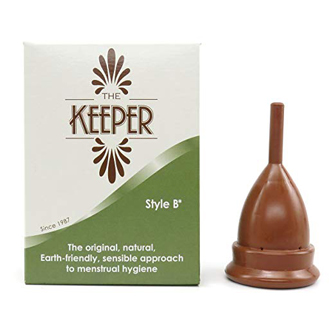
The Keeper
Material: Natural gum rubber (Latex)
Colours: Brown
Country of origin: US
The Keeper B – Small
Capacity (to the rim): 30mL
Total length: 79mm
Rim diameter: 45mm
Stem: Hollow tube, 25mm
Buy nowThe Keeper A – Medium/Big
Capacity (to the rim): 30mL
Total length: 79mm
Rim diameter: 46mm
Stem: Hollow tube, 25mm
Buy now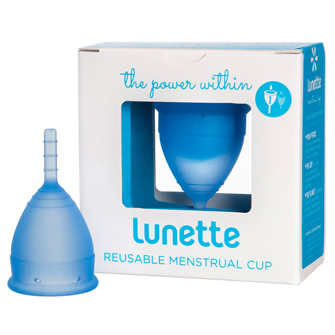
Lunette
Material: Medical-grade silicon
Colours: Clear, Blue, Yellow, Coral, Violet
Country of origin: Finland
Lunette 1 – Small (soft)
Capacity (to the rim): 25mL
Total length: 72mm
Rim diameter: 41mm
Stem: Flat tab, 25mm
Buy nowLunette 2 – Medium/Big (firm)
Capacity (to the rim): 30mL
Total length: 72mm
Rim diameter: 46mm
Stem: Flat tab, 20mm
Buy now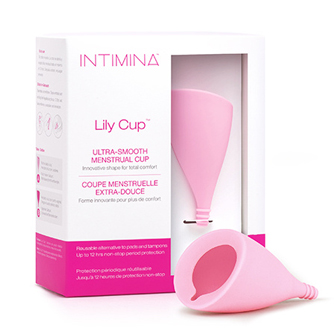
Lily Cup
Material: Medical-grade silicon
Colours: Pink
Country of origin: Sweden
Lily Cup A – Small
Capacity (to the rim): 28mL
Total length: 78mm
Rim diameter: 40mm
Stem: Hollow tube, 12mm
Buy now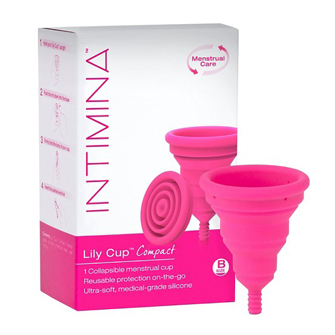
Lily Cup B – Medium/Big
Capacity (to the rim): 32mL
Total length: 78mm
Rim diameter: 44mm
Stem: Hollow tube, 12mm
Buy nowLily Cup Compact B – Medium/Big
Capacity (to the airholes): 19mL
Total length: 58mm
Rim diameter: 45mm
Stem: Hollow tube, 10.5mm
Buy nowThe pros and cons of menstrual cups
The best way to figure out if a moon cup is the right thing for you is to try it. You might be surprised by how easy and convenient it is.
Pros
Easy to use
If you’ve used tampons (especially those without an applicator) or a diaphragm you should have little trouble learning how to insert a menstrual cup. The websites of the brands explain the process in detail.
Convenience
You’ve always got the cup handy at home, or it easily travels with you. Even if you replace it once a year, you can still save yourself eleven trips to the pharmacy or supermarket.
Cost saving
The cups are designed for long-term use (some women use them for up to ten years), which means significant cost savings over tampons or pads. One month of pads and tampons costs around $10, while the price of a moon cup varies between $40 and $55. It’s a higher upfront price, but it’s worth it after six months.
Environmental benefits
Fewer tampons or pads also means less waste clogging up our landfills and less cotton or paper use.
Odour
As the blood doesn’t get exposed to air as it does with pads or tampons, there’ll be less odour.
Health benefits
Moon cups leave your vaginal pH and bacterial balance in place – unlike tampons, which absorb your vaginal fluid.
Hypoallergenic
They are suitable for those with sensitive skin, dermatitis and latex allergies (except for latex cups, obviously).
Replacement
Tampons need changing every four to eight hours, but cups can stay in for up to twelve hours before emptying. This is especially useful for overnight.
Capacity
They can hold up to three times more fluid then tampons (about 20–30ml).
Comfortable
Once you’ve found a brand that’s the right fit for you, you shouldn’t notice it’s there. You can also wear one when anticipating your period, whereas wearing tampons when you don’t have your period is not recommended, and you risk toxic shock syndrome (TSS) and dryness.
Action-friendly
No strings, no wings and no leaks. Perfect for those with an active lifestyle, who enjoy sports such as running, swimming and yoga.
Cons
Mess
Emptying the cup can be messy in the beginning, though most users get the hang of it. Some suggest changing it in the shower once every 12 hours. Cleaning it in a public bathroom could cause some embarrassment.
Fitting
Not every cup is the same; some are longer or shorter. You may need to trial one or two brands to find the right fit. Also, individual anatomy can make it difficult to put the cup in the right place (for example, if you have a dropped uterus).
Insertion
For younger girls and those who’ve never had penetrative sex, it can be difficult to insert a cup.
Removal
It takes some people longer to learn than others. You should never pull on the stem; instead pinch the base and pull. Be careful if you have an IUD, as using a cup could pull the strings and dislocate it. Ask your GP for more information.
Maintenance
You should sterilise the cup after each cycle, following the manufacturer’s directions. This usually involves using boiling water or special sterilising solution.
CHOICE user trial
In 2016, CHOICE asked five women to use a JuJu cup for two menstrual cycles and report back on their experience, comparing it to using pads and tampons.
Are they reliable?
The JuJu Cup website says it can be worn two to three times longer than a pad or tampon, or up to eight hours, and this was the experience of all triallists on their lighter flow days.”I almost forgot I had my period as I could just wear it all day,” said one triallist. Four out of five felt they didn’t need to change the cup as often as a tampon or pad. Heavy flow days, however, weren’t quite as carefree for three out of five of the triallists, who experienced some leakage with the cup. But they also reported having previously had leakage with their usual usage of tampons.
Better sleep was another bonus, with one triallist saying “I sleep better at night… once inserted I forget about it. It’s a total success.”
Ease of use and comfort
All triallists enjoyed the comfort of the menstrual cups with one saying, “I could wear it all day, and tip it out during the shower at night. It feels like you’re wearing nothing.”
Inserting the cup took some experimentation for two of the triallists, but the biggest issue was the blood when handling it, with three people saying it was messy. Three triallists also noted the absence of any odour with the cup.
Cleaning the cups involves scrubbing with soap and water and then boiling in a pot for up to five minutes.
Better for the environment
An average women uses at least one box of tampons or pack of pads during her period, which adds up to around 11,000 to 16,000 pads or tampons in a lifetime.
Production and disposal of tampons and pads can cause multiple environmental issues. In addition to contributing to landfill, concerns have been raised regarding the pesticides used to grow cotton, which can pollute waterways and have harmful effects on aquatic wildlife.
Raw materials
When it comes to menstrual cups it’s very clear what the cup is made of – usually medical grade silicone or latex. But what materials make up a tampon or pad? You generally won’t find this info on the packaging – or anywhere else. In Australia, unless you’re a manufacturer, there’s no way of knowing exactly what’s in tampons or pads.
Why is this? In Australia, tampons are classified as “medical devices”, while pads are not regulated at all. As a result, companies are not legally required to list their ingredients once they get approval from the Therapeutic Goods Administration (TGA). So, if you’re concerned about what you’re putting in (or very close to) your body, a menstrual cup may be the better choice.
Are menstrual cups safer than tampons?
Menstrual cups are considered by some to be a safer alternative to tampons as they are thought to be less likely to provide the kind of environment that will foster bacterial growth (as the tampon is thought to) but there has been one confirmed case in Canada of a woman developing toxic shock syndrome 10 days after using a menstrual cup.
Menstrual cup brand JuJu advises washing and disinfecting the cup regularly and discarding it if it has rips, tears or changes in texture.

